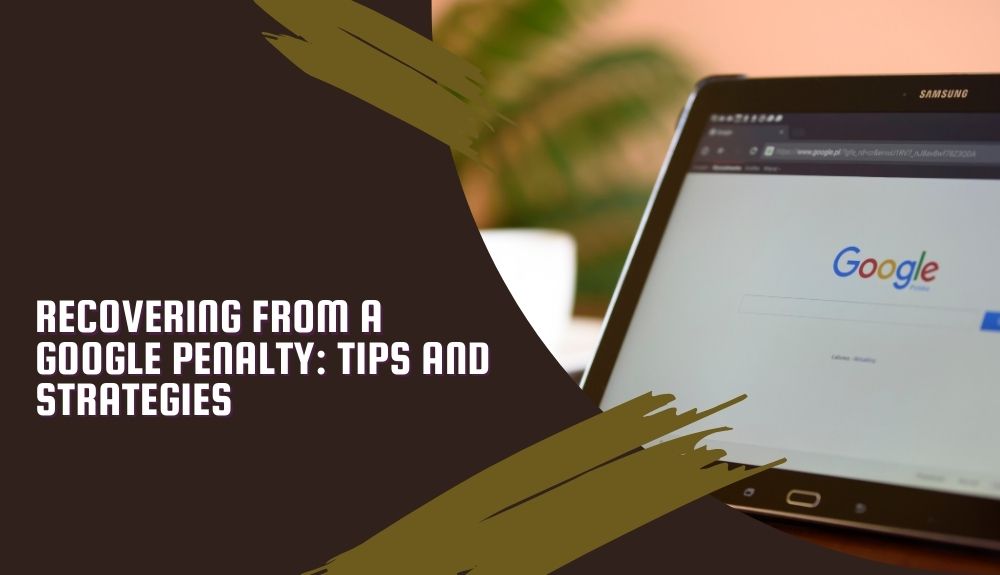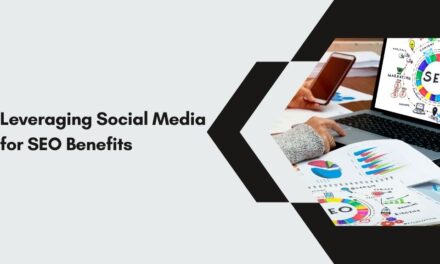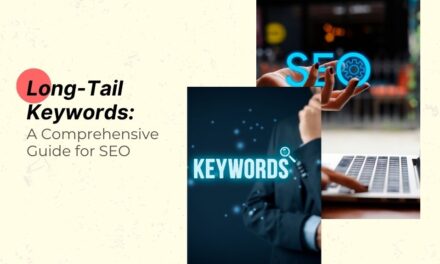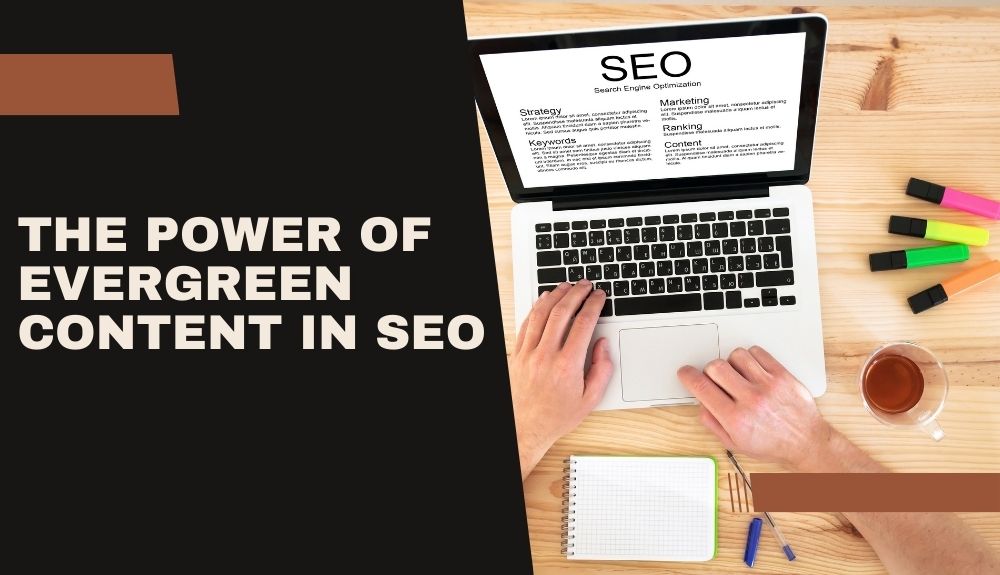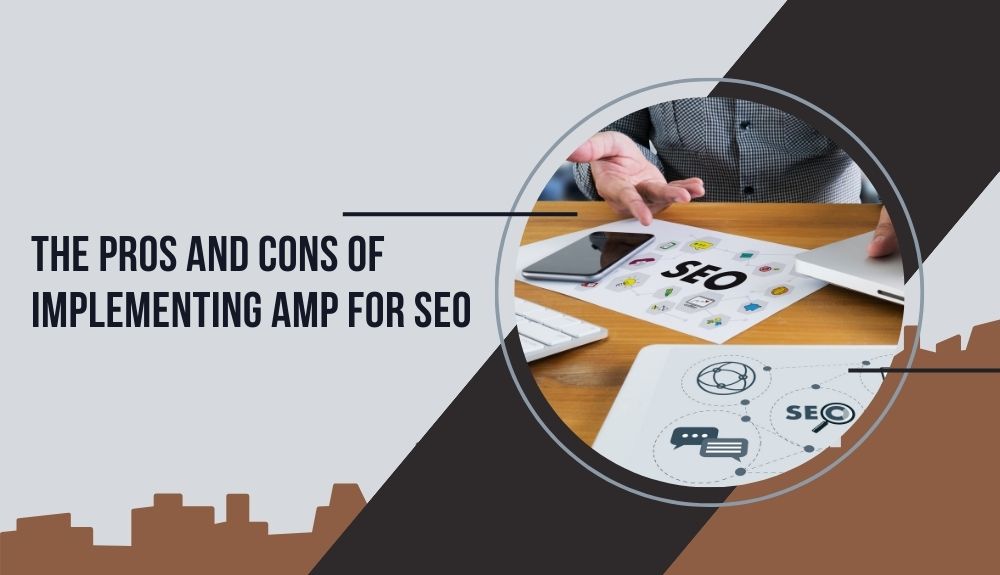Welcome to the ultimate guide on creating SEO-friendly content that will skyrocket your website’s visibility and attract more organic traffic! In today’s digital age, having a solid understanding of Search Engine Optimization (SEO) is crucial for any online business or content creator. By implementing best practices and strategies, you can ensure that your content not only ranks high in search engine results but also resonates with your target audience. So, let’s dive into the world of SEO and discover how you can optimize your content for maximum impact!
Understanding SEO and its importance
Understanding SEO (Search Engine Optimization) is like unlocking the secret code to getting your content noticed in the vast digital landscape. It’s all about optimizing your website and its content to rank higher on search engine result pages, making it more visible to potential visitors. By incorporating relevant keywords, creating high-quality content, and following SEO best practices, you can improve your chances of being found by users searching for information related to your niche.
SEO is not just about driving traffic to your site; it’s also about attracting the right kind of audience – those who are genuinely interested in what you have to offer. With effective SEO strategies in place, you can increase brand exposure, build credibility, and ultimately drive conversions. In today’s competitive online market, understanding and implementing SEO principles are essential for staying ahead of the curve and establishing a strong online presence.
Researching keywords and incorporating them into content
When it comes to creating SEO-friendly content, one of the key aspects to focus on is researching keywords. Keywords are the terms or phrases that people type into search engines when looking for information. By understanding what keywords your target audience is using, you can tailor your content to match their search intent.
Keyword research involves identifying relevant and high-ranking keywords related to your topic or industry. Tools like Google Keyword Planner, SEMrush, or Ahrefs can help you discover popular keywords with high search volume and low competition.
Once you have a list of targeted keywords, it’s important to strategically incorporate them into your content. This doesn’t mean stuffing in as many keywords as possible but rather integrating them naturally throughout your text.
By weaving these carefully chosen keywords into your content, you increase the chances of search engines recognizing the relevance of your page for those specific queries. This will ultimately improve your chances of ranking higher in search engine results pages (SERPs) and driving organic traffic to your website.
Using meta tags and descriptions to improve SEO
Meta tags and descriptions play a crucial role in enhancing your website’s SEO performance. These elements provide search engines with valuable information about your content, helping them understand the relevance of your pages to users’ search queries. When creating meta tags, ensure they accurately reflect the content on the page while incorporating relevant keywords naturally.
Descriptions should be concise yet compelling, enticing users to click through to your site. Avoid keyword stuffing in both meta tags and descriptions as this can harm your SEO efforts. Instead, focus on providing informative and engaging snippets that encourage user engagement.
By optimizing meta tags and descriptions across your website, you can improve its visibility in search engine results pages (SERPs) and attract more organic traffic. Remember to regularly review and update these elements based on performance data to continually enhance your SEO strategy.
The role of backlinks in SEO-friendly content
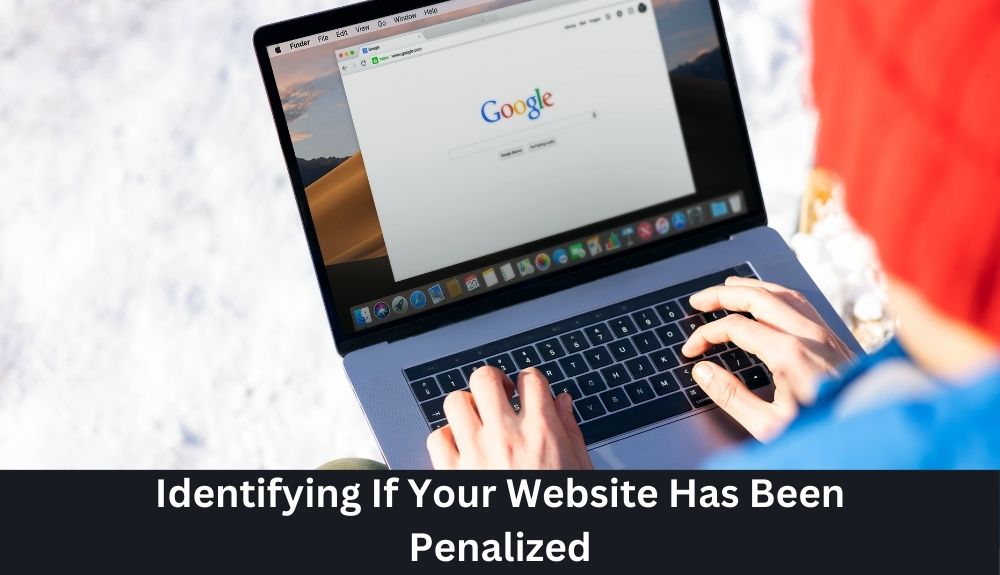
Backlinks are like the currency of the internet when it comes to SEO. They serve as recommendations from other websites, signaling to search engines that your content is credible and valuable. The more high-quality backlinks you have pointing to your site, the higher your chances of ranking well in search results.
When reputable websites link back to yours, it not only improves your website’s authority but also increases its visibility. Backlinks act as digital endorsements, showing search engines that others find your content relevant and trustworthy.
However, not all backlinks are created equal. Quality matters over quantity when it comes to backlinking. It’s better to have a few authoritative sites linking to you than multiple low-quality ones.
Building a strong backlink profile takes time and effort, but the benefits for your SEO efforts can be significant in driving organic traffic and improving your online presence.
Tips for formatting and structuring content for better SEO ranking
When it comes to formatting and structuring your content for better SEO ranking, there are a few key tips to keep in mind. First off, make sure to use headings and subheadings to break up your content into easily digestible sections. Not only does this help readers navigate your content, but search engines also love well-organized information.
Additionally, incorporating bullet points and numbered lists can help highlight important points within your content. This not only improves readability but also signals relevance to search engines crawling your site.
Another crucial aspect is optimizing the length of your paragraphs. Shorter paragraphs are easier on the eyes and encourage readers to stay engaged with your content. Remember that user experience plays a significant role in SEO rankings.
Don’t forget about the importance of using internal links within your content. Linking to relevant pages within your website can improve navigation for users and signal authority to search engines indexing your site.
Utilizing multimedia elements for SEO
In today’s digital landscape, utilizing multimedia elements is crucial for enhancing SEO performance. Including images, videos, infographics, and interactive content can make your website more engaging and visually appealing to visitors. Search engines love websites that offer a variety of media elements as they contribute to a better user experience.
Images not only break up large chunks of text but also provide opportunities for inserting alt text with relevant keywords. This helps search engine crawlers understand what the image is about, improving your chances of ranking higher in image searches. Videos are another powerful tool for boosting SEO as they increase dwell time on your site and encourage users to stay longer.
Infographics are visually captivating and easily shareable, making them great for generating backlinks from other websites. Interactive content like quizzes or polls can also drive engagement and keep users on your site longer. By incorporating multimedia elements strategically into your content, you can enhance both user experience and SEO rankings simultaneously.
Measuring success and making adjustments to improve SEO performance
Measuring success in SEO is crucial to understand the effectiveness of your content strategies. Utilizing tools like Google Analytics can provide valuable insights into website traffic, user behavior, and keyword performance. Analyzing this data allows you to identify areas for improvement and make informed adjustments to optimize your SEO performance.
Tracking key metrics such as organic traffic growth, conversion rates, bounce rates, and keyword rankings can help gauge the impact of your SEO efforts. By setting specific goals and monitoring progress regularly, you can fine-tune your content strategy for better results.
Experimenting with different tactics like A/B testing headlines, meta tags, or call-to-action buttons can help determine what resonates best with your audience. Making data-driven decisions based on analytics will lead to continuous improvement in SEO performance.
Remember that SEO is an ongoing process that requires constant monitoring and adjustment. By staying proactive and adapting to changes in search algorithms or user preferences, you can stay ahead of the competition and maintain a strong online presence.
Common mistakes to avoid in creating SEO-friendly content

When creating SEO-friendly content, there are some common mistakes that you should avoid to ensure your efforts yield effective results. One of the biggest errors is keyword stuffing, which can make your content sound unnatural and harm your rankings. Instead, focus on using keywords strategically and naturally throughout your content.
Another mistake to steer clear of is neglecting meta tags and descriptions. These elements provide crucial information about your content to search engines and can significantly impact your visibility online. Make sure to optimize them for better SEO performance.
Furthermore, overlooking the importance of high-quality backlinks can hinder your content’s ability to rank well in search results. Building a strong network of relevant and authoritative backlinks is essential for boosting your website’s credibility in the eyes of search engines.
Failing to regularly analyze and adjust your SEO strategy based on performance metrics can impede your progress. Keep track of key indicators like traffic, bounce rates, and click-through rates to make informed decisions on how to optimize your content effectively.
Conclusion
Creating SEO-friendly content is essential for improving your website’s visibility and attracting more organic traffic. By understanding the basics of SEO, conducting thorough keyword research, optimizing meta tags, building quality backlinks, formatting content effectively, incorporating multimedia elements strategically, and regularly measuring performance to make necessary adjustments, you can enhance your chances of ranking higher in search engine results pages. Avoid common mistakes like keyword stuffing or neglecting user experience to ensure that your content resonates with both users and search engines. Keep implementing best practices and staying updated on SEO trends to continue driving valuable organic traffic to your site.

